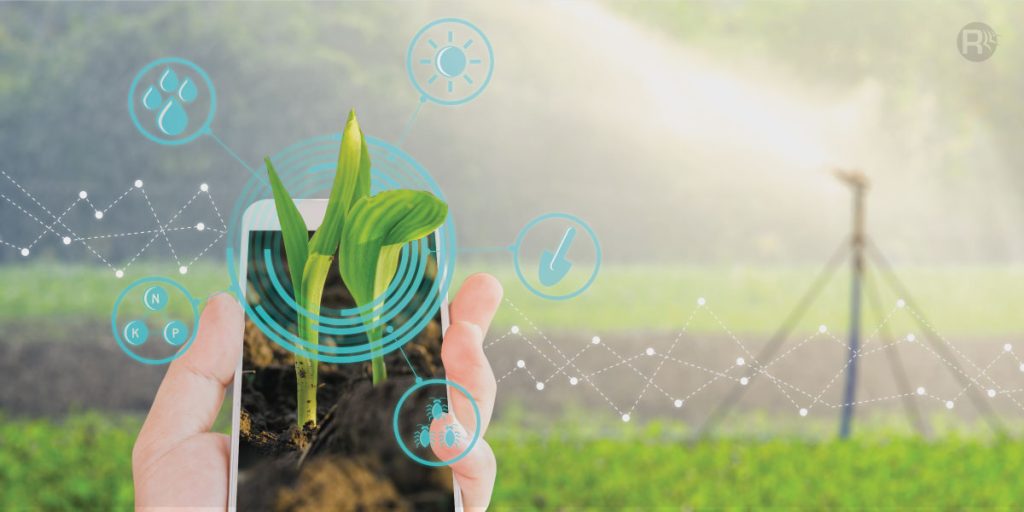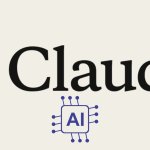In recent years, the integration of Internet of Things (IoT) technology in agriculture has revolutionized the way farming operations are managed. This marriage of agriculture and technology, commonly referred to as AgriTech, has ushered in a new era of efficiency, precision, and sustainability in the agricultural sector. This article will delve into the various IoT applications in agriculture, exploring how these innovations are reshaping farming practices and addressing the challenges faced by the industry.

The Need for IoT in Agriculture
Growing Population and Food Security
The global population is steadily increasing, putting immense pressure on the agricultural sector to produce more food. With limited arable land and resources, traditional farming methods are no longer sufficient. IoT offers solutions to enhance productivity, optimize resource utilization, and ensure food security for the growing population.
Climate Change and Environmental Challenges
Climate change has introduced new uncertainties and challenges to agriculture, including unpredictable weather patterns, water scarcity, and the spread of pests and diseases. IoT technologies provide real-time monitoring and data-driven insights, enabling farmers to adapt to changing conditions and mitigate the impact of environmental challenges.
Key IoT Technologies in Agriculture
A. Sensors and Remote Monitoring
1. Soil Sensors
IoT-enabled soil sensors measure various parameters such as moisture content, nutrient levels, and temperature. This data helps farmers make informed decisions about irrigation, fertilization, and crop selection, leading to improved yields and resource efficiency.
2. Weather Sensors
Real-time weather data collected by IoT sensors aids farmers in anticipating weather events, enabling them to take proactive measures to protect crops. This includes preparing for storms, adjusting irrigation schedules, and optimizing planting and harvesting times.
Precision Agriculture
1. GPS Technology
Global Positioning System (GPS) technology integrated with IoT allows for precision farming practices. Farmers can precisely map their fields, monitor crop health, and optimize the use of machinery. This results in reduced input costs, increased efficiency, and improved overall farm management.
2. Drones and UAVs
Unmanned aerial vehicles (UAVs) equipped with sensors and cameras provide farmers with aerial views of their fields. This data helps identify areas of crop stress, assess plant health, and optimize the use of resources. Drones contribute to the rapid and accurate collection of data for better decision-making.
Smart Irrigation Systems
IoT-enabled smart irrigation systems use sensors to monitor soil moisture levels and weather conditions. By automating irrigation processes, these systems ensure that crops receive the right amount of water at the right time, minimizing water wastage and promoting sustainable water management.
Livestock Monitoring
1. RFID and GPS Tracking
IoT technologies, such as Radio-Frequency Identification (RFID) and GPS tracking, are used to monitor the health and location of livestock. This allows farmers to optimize feeding schedules, detect diseases early, and prevent the spread of illnesses within the herd.
2. Wearable Devices for Animals
Wearable devices, including health-monitoring sensors, can be attached to animals to track vital signs and detect abnormalities. This real-time monitoring enhances animal welfare, improves breeding programs, and ultimately boosts the efficiency of livestock farming.
Data Analytics and Decision Support Systems
Big Data Analytics
The vast amount of data generated by IoT devices in agriculture requires advanced analytics to extract meaningful insights. Big data analytics help farmers make data-driven decisions related to crop management, resource allocation, and overall farm optimization.
Decision Support Systems (DSS)
IoT-driven decision support systems integrate data from various sources to provide actionable insights for farmers. These systems use algorithms and machine learning to analyze data and offer recommendations, empowering farmers to make informed choices about planting, harvesting, and resource allocation.
Case Studies: Successful Implementations of IoT in Agriculture
Vertical Farming
1. IoT-controlled Indoor Environments
Vertical farming, a method of growing crops in vertically stacked layers, utilizes IoT technology to create optimal growing conditions. Sensors monitor factors such as light, temperature, and humidity, allowing farmers to fine-tune the indoor environment for maximum crop yield.
2. Automated Crop Management
Vertical farms often employ automated systems controlled by IoT devices to manage planting, watering, and harvesting. This level of automation not only increases efficiency but also reduces the need for manual labor.
Precision Livestock Farming
1. Smart Barns
IoT applications in livestock farming extend to smart barns equipped with sensors to monitor temperature, humidity, and air quality. These conditions are crucial for animal health, and IoT technology helps farmers maintain an optimal environment for their livestock.
2. Predictive Health Analytics
By analyzing data from wearable devices and monitoring systems, farmers can predict health issues in livestock before they become severe. This proactive approach allows for early intervention and preventive measures, improving overall herd health.
Challenges and Future Outlook
Data Security and Privacy Concerns
As IoT adoption in agriculture increases, the collection and management of vast amounts of sensitive data become a concern. Ensuring the security and privacy of this data is crucial to prevent unauthorized access and protect farmers’ proprietary information.
Integration and Interoperability
The diverse array of IoT devices used in agriculture may come from different manufacturers and use different communication protocols. Achieving seamless integration and interoperability among these devices is essential for a unified and efficient farm management system.
Education and Adoption
For widespread adoption of IoT in agriculture, farmers need to be educated about the benefits and practicalities of these technologies. Training programs and support initiatives can help bridge the knowledge gap and encourage farmers to embrace IoT solutions.
Continued Technological Advancements
The field of AgriTech is continuously evolving, with ongoing advancements in IoT technology. Future innovations may include the integration of artificial intelligence (AI), blockchain, and edge computing to further enhance the capabilities of IoT in agriculture.
Conclusion
IoT applications in agriculture, as part of the broader AgriTech movement, have the potential to address many challenges faced by the industry. From precision farming and smart irrigation to livestock monitoring and data analytics, these innovations are transforming traditional farming practices. As the world grapples with the need to feed a growing population while adapting to environmental changes, the role of IoT in agriculture becomes increasingly critical. By embracing and further developing these technologies, the agricultural sector can pave the way for a more sustainable, efficient, and resilient future.






